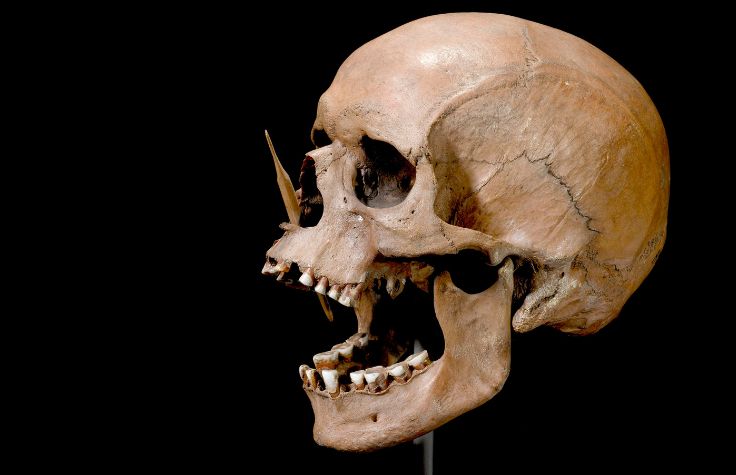
10 January 2024
Call it archaeology by other means. Rather than sifting through tons of dirt and carefully cataloguing human artifacts, Eske Willerslev and his colleagues have used Illumina NovaSeq Systems to sequence 5000 ancient human genomes, revealing previously unseen historical nuance. This research tour de force, which is being published this month in four papers in the journal Nature, offers a rich view of early human migrations, mating habits, and disease variants, and their impact on modern Europeans.
“We wanted to sequence this ancient DNA so we could better understand human history,” says Willerslev, who is professor and director at the Centre of Excellence in GeoGenetics at the University of Copenhagen and the Prince Philip Professor of Ecology & Evolution at Cambridge University. “These results describe where we came from and why there’s so much variation in disease risk.”
The team brought together dozens of specialists, including molecular biologists, historians, archaeologists, and many others. This is the first time anyone has analyzed this many ancient DNA samples—it’s a massive effort, especially when compared to sequencing modern genomes, since much of the DNA has degraded and what remains are extremely short fragments. In addition to the human genomes, the team also sequenced ancient pathogens, plants, and animals.
The group compared these results to those catalogued in the UK Biobank, which recently surpassed the milestone of having sequenced and analyzed 500,000 whole human genomes—an impressively large cohort, and a modern answer to Willerslev’s ancient cohort. Comparing data helped them pinpoint where specific European populations originated and why those groups have higher susceptibility to some diseases.
Mass migrations
The 5000 sequences represent three important groups: ancient hunter-gatherers; farmers, who emigrated from the Middle East around 10,000 years ago, and the Yamnaya, who originated in western Asia and moved toward northern Europe around 5000 years ago. These three groups are the ancestors of most modern Europeans.
Today, most eastern Europeans are descended from hunter-gatherers, while people in southern Europe mostly come from early farmers. The Yamnaya heavily influenced northern and northwestern Europe.
“The data showed us there is a great genetic divide between eastern and western Europeans,” says Willerslev. “The divide started around 10,000 to 12,000 years ago and is reflected in our genetics even today.”
A bloody history
These massive waves of immigration came at a cost. When the farmers came north, into what is now Germany and Denmark, they completely displaced the hunter-gatherers in two generations. According to the genetic record, there was little to no interbreeding—the hunter-gatherers were simply wiped out. The same pattern happened when the Yamnaya came about 5000 years later.
“We have data on what must have been one of the last hunter-gatherers, who was living on an island,” says Willerslev. “You can imagine the forces that pushed him onto that island. He must have been quite scared.”
A stew of disease risk
This genomic data also allowed researchers to model how these three migrations influenced Europeans’ disease risks and other traits.
“We paired UK Biobank data with the findings from these historical samples, and it told us a lot,” Willerslev explains. “Background for height is a Bronze Age [Yamnaya] trait, which makes a lot of sense, since northern Europeans are generally taller than other Europeans.”
The team also found that the farmers from southern Europe were genetically prone to mood-related disorders. Hunter-gatherers had gene variants linked to type 2 diabetes and Alzheimer disease. Yamnaya were more susceptible to multiple sclerosis.
“Multiple sclerosis is a relatively new disease that we find in higher frequency in northern Europeans,” says Willerslev. “There’s been a lot of discussion about this high frequency and where it came from, but we can see from the data that, clearly, it’s a Yamnaya trait.”
The authors caution that this research does not prove the groups had these diseases, only that they had the genetic markers for them. However, those genes have been passed on to more modern Europeans, and their descendants around the world, potentially influencing global health.
“This data has been of great interest to physicians and others interested in the evolutionary history of disease-causing variants,” says Willerslev. “Now we can better understand where these conditions came from, and when.”


